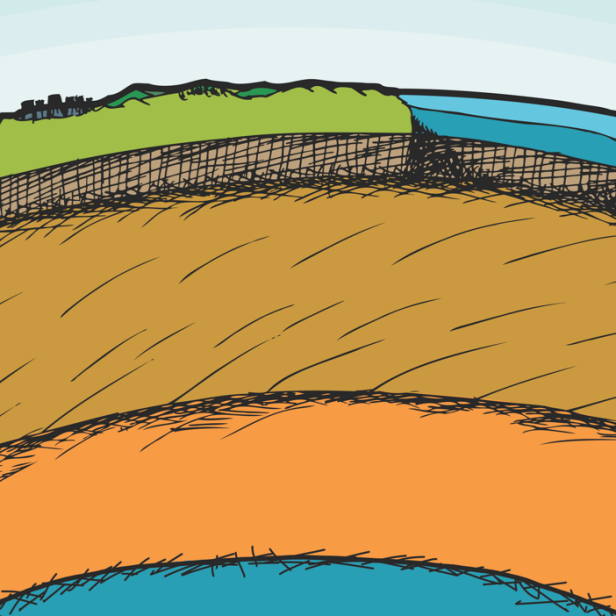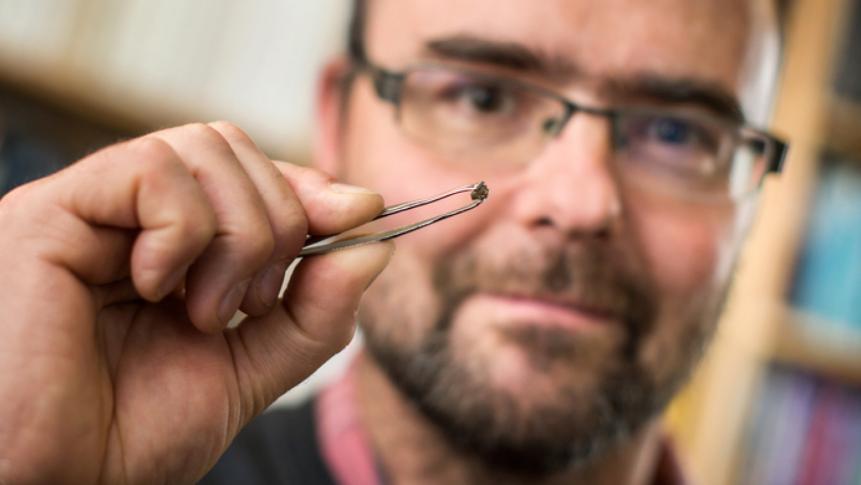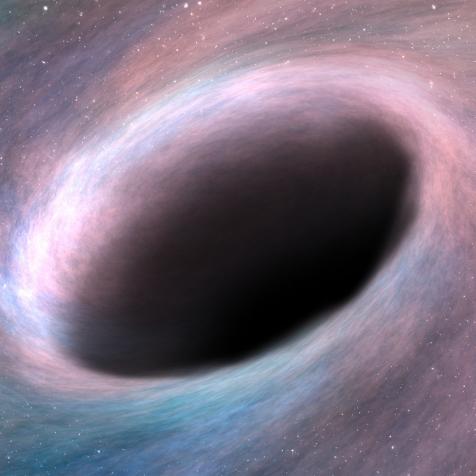
There May Be a Massive Ocean Beneath the Earth's Surface
The Earth has so much water that even more hiding right beneath our feet.
You might think that the depths of the ocean are the strangest place on Earth, and we would have agreed with you. Except that we just found out that there's almost certainly another ocean, a secret ocean, hiding right beneath our feet.

The Water Underground
There's as much water inside the earth as there is in all of the oceans. That's the conclusion that scientists are reaching after a 2014 discovery planted the seed of the idea.
But first, let's get a refresher on the layers of the earth. The part of the planet we deal with most of the time (assuming we don't have a large mole-person readership) is the crust: the uppermost layer that's about 30 miles (48 kilometers) thick at its biggest. Beneath that is the mantle, which is itself made of three different sub-layers: the upper mantle, the transition zone, and the lower mantle. Together, they're about 1,800 miles (2,900 kilometers) thick, and they make up about 84 percent of the planet's volume. Down beneath the mantle is the core, but it's in the mantle that you'll find our secret sixth ocean.
So how'd they find the ocean? Here's a hint: It wasn't through a Jules Verne–esque "Journey to the Center of the Earth." Actually, the clue came in the form of a brown diamond that formed about 400 miles (644 kilometers) beneath the crust.
That's not where they found it, though. Sometime in the past, volcanic forces had pushed the diamond to the surface, where a team discovered it in Mato Grosso, Brazil. Within that diamond, they found another mineral, ringwoodite, which is notable for its tendency to absorb surrounding water. The chunk of ringwoodite was comprised of about 1.5 percent water, and that's a lot. That particular chunk of stone won't quench your thirst, but it suggests that wherever it came from, there's a whole lot more to be found.
Water Crust Sandwich
One thing we should probably make clear: Just because there is so much water underground, that doesn't mean it's necessarily sloshing around like it does here on the surface. Instead, much of it may be trapped in ringwoodite like the chunk that researchers found. But we do know exactly where in the mantle is located. It's widely accepted that the upper and lower mantles are bone-dry, but the wateriness of the transition zone has been the subject of some debate. Now, scientists are quite certain that the transition zone is about as wet as it could be.
This article first appeared on Curiosity.com.


















